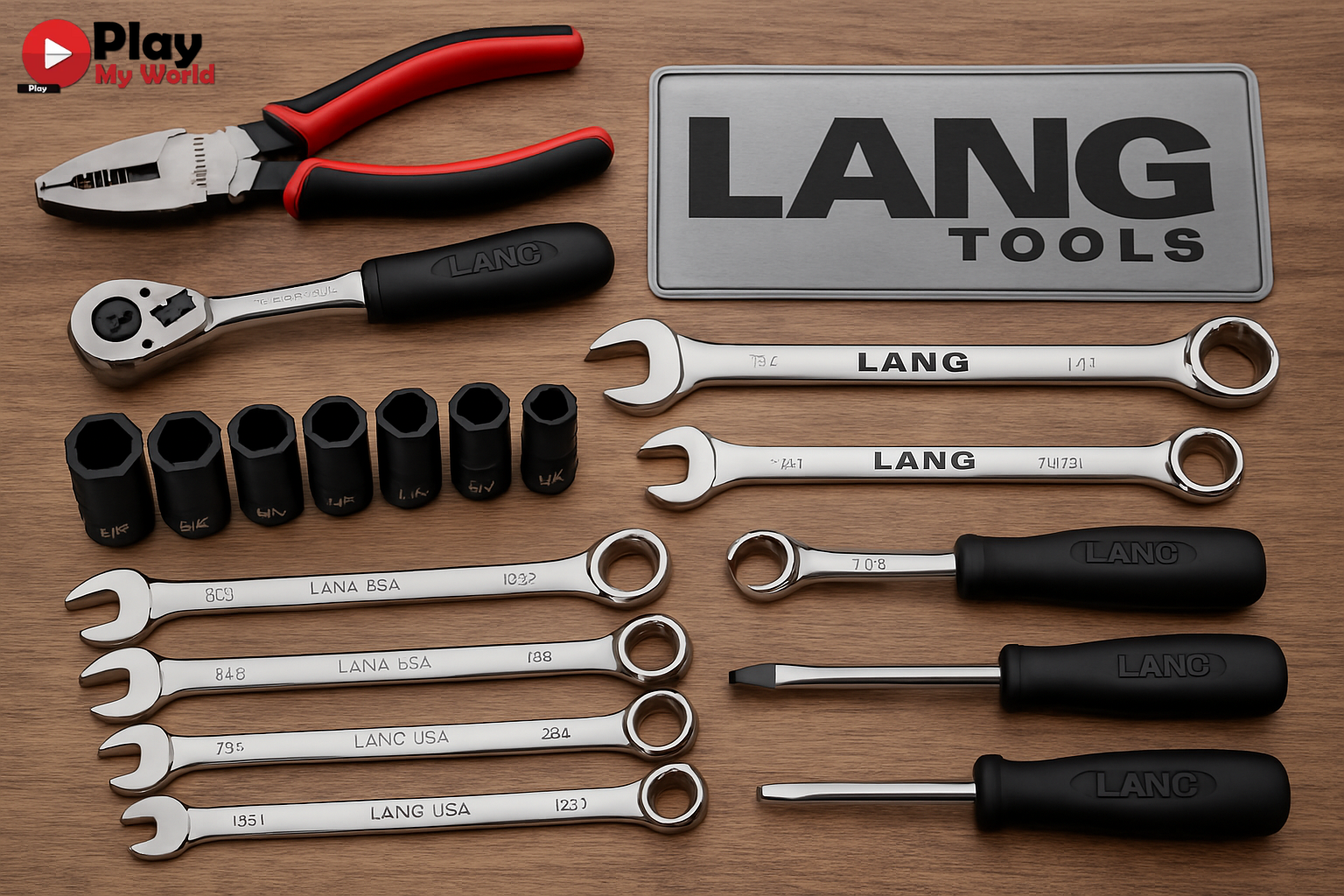In today’s business environment, ensuring the safety of both customers and employees is a top priority. Whether it’s a bustling entertainment venue, a corporate office, or a retail space, managing who enters and exits your premises is crucial for maintaining security and compliance. However, as access control systems become more sophisticated, businesses face an equally important responsibility to safeguard personal data and uphold privacy standards.
Striking the right balance between privacy and safety is a matter of both legal necessity and trust. Consumers expect seamless experiences, but they also want reassurance that their personal information is handled with care. This article outlines what businesses need to consider when evaluating or upgrading their access control systems.
1. Compliance Is Non-Negotiable
Laws like the GDPR in Europe and other regional privacy regulations mandate strict protocols around collecting and storing data. Businesses must ensure that their systems capture only the minimum required information and retain it for only as long as necessary. Regular audits and compliance checks should be part of your operational routine to avoid costly legal repercussions.
2. Transparency Builds Trust
Clear communication with customers and staff about what data is collected, why it is needed, and how it is stored is essential. Post visible privacy notices and provide digital access to your policies. This transparency keeps you compliant and also fosters confidence and loyalty among your clientele.
3. Invest in Reliable Technology
Access control systems are evolving rapidly, incorporating AI, machine learning, and real-time analytics to enhance security. Partnering with trusted technology providers ensures that your systems are effective and secure.
For example, providers like OCR Studio, an on-premise ID scanning and recognition solution, offers advanced data capture and automation features that keep sensitive data securely managed within your infrastructure.
4. Opt for Minimal Data Retention
The less data you keep, the lower your risk in the event of a breach. Where possible, opt for systems that allow instant verification without retaining sensitive information longer than necessary. Temporary data storage solutions can provide an efficient way to balance operational needs with concerns about privacy.
5. Monitor and Update Regularly
Cybersecurity threats evolve continuously. Regularly reviewing and updating your access control systems is vital to staying ahead of potential vulnerabilities. Implementing routine security patches and staying up to date with new compliance requirements will help your business maintain safety and privacy.
6. Prioritise User Experience
While security is paramount, clunky or intrusive systems can frustrate customers and slow down operations. Aim for a balance where access control is robust yet unobtrusive, offering smooth and quick entry experiences that don’t compromise safety.
7. Seamless Integration with Existing Security Systems
Modern access control tools should work seamlessly with your existing security infrastructure, whether it’s surveillance cameras, visitor management systems, or compliance reporting software.
By choosing a flexible solution, businesses can enhance their overall security framework, enabling real-time cross-checks and automated record-keeping that reduce manual oversight and potential for human error.
Endnote
Balancing privacy and safety in access control is an ongoing process that demands vigilance, wise investment, and a customer–centric approach. By prioritising compliance, transparency, and technology, businesses can create secure environments that also respect individual privacy.




